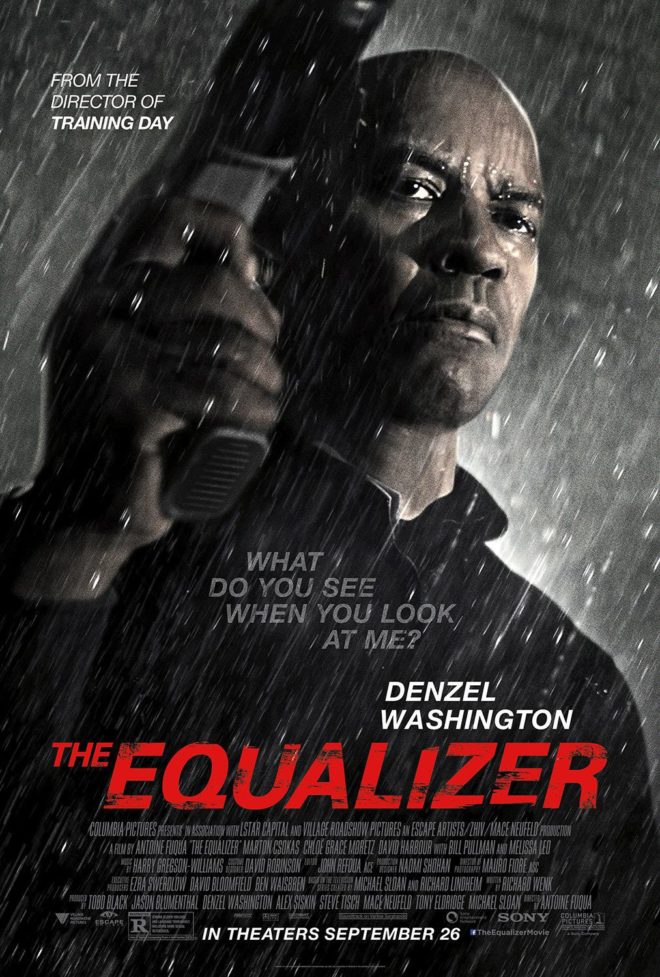Among the first questions young people ask upon their political awakening is one that should concern Americans of all ages: Why don’t democratic governments operate the way our civic classes taught us? Perhaps no one of his generation thought more deeply about this question than the economist James M. Buchanan (1919–2013). The late Nobel laureate would have turned 95 years old on October 3, and we’re happy to use the anniversary of his birth to publicize his legacy. Last winter, The Independent Review published a six-article symposium on Buchanan’s contributions to political economy and classical liberalism—all of which is now available for free on our website. Christopher J. Coyne, one of our journal’s three co-editors, kicks off the discussion with an introduction that traces Buchanan’s development of new tools to help us better understand how a democracy actually works, as distinct from how we wish it would work.
Buchanan called his approach “politics without romance,” yet he was fully invested in the romantic notion that intellectuals could and should inspire the public to imagine a better political community. Symposium contributors Geoffrey Brennan and Michael C. Munger (another co-editor of The Independent Review) make the case that both branches of Buchanan’s thought—his realism and his idealism—grew from the same root: his emphasis on constitutional rules of order and disdain for the rule of elites. Buchanan was also a moralist: He believed that one of the most appealing major features of a free society was its absence of dominion and discrimination in human relationships. Independent Institute Research Fellow Peter Boettke author of Living Economics, suggests that by stressing this benefit, freedom’s friends would help many people overcome their fear that life without Big Government would entail too many responsibilities for them to manage well.
As with many prolific writers, Buchanan wrote so much over the decades that claims of his consistency are open to debate. Independent Institute Research Fellow Randall G. Holcombe, for example, argues that aspects of Buchanan’s constitutional thought might be at odds with individual liberty—particularly Buchanan’s argument for coercing individuals to support collective actions that he believed were necessary to further their own goals. Also, like other prolific scholars, Buchanan left a huge body of work rich in insights that have yet to be fully mined. Niclas Berggren, for example, believes that Buchanan and Tullock’s seminal 1962 book, The Calculus of Consent, has untapped potential to inspire new thinking to advance the cause of liberty. Finally, Hartmut Kliemt concludes the symposium with a look at the logic of Buchanan’s classical liberalism. Buchanan came to his views, Kliemt explains, because he was a communitarian philosopher who discovered the unanimity rule.
(Readers hungry for more discussions of Buchanan’s thought can find several related pieces on The Beacon, archived here, as well as a review of volume 1 of Buchanan’s collected works. Also, see Buchanan’s insightful essay, “The Soul of Classical Liberalism,” and a response by Dwight R. Lee, in The Challenge of Liberty: Classical Liberalism Today, edited by Robert Higgs and Carl P. Close.)
* * *
SPECIAL OFFER for The Independent Review: If you’re not already a subscriber, sign up now and receive a FREE book!
[A version of this post first appeared in the September 30, 2014, issue of The Lighthouse. For a free subscription to this weekly newsletter from the Independent Institute, enter your email address here.]







